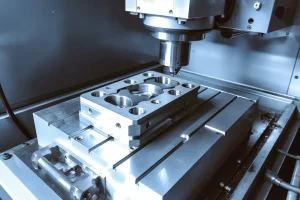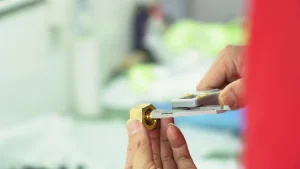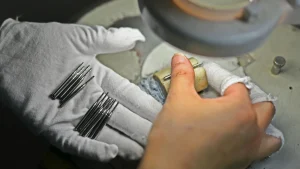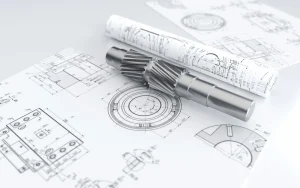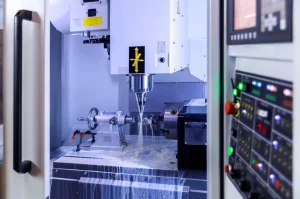The specifications and size requirements of stainless steel parts processing are mainly affected by multiple factors, including the material properties of stainless steel, processing technology, equipment capabilities and customer needs. The following are some common stainless steel parts processing specifications and size requirements:
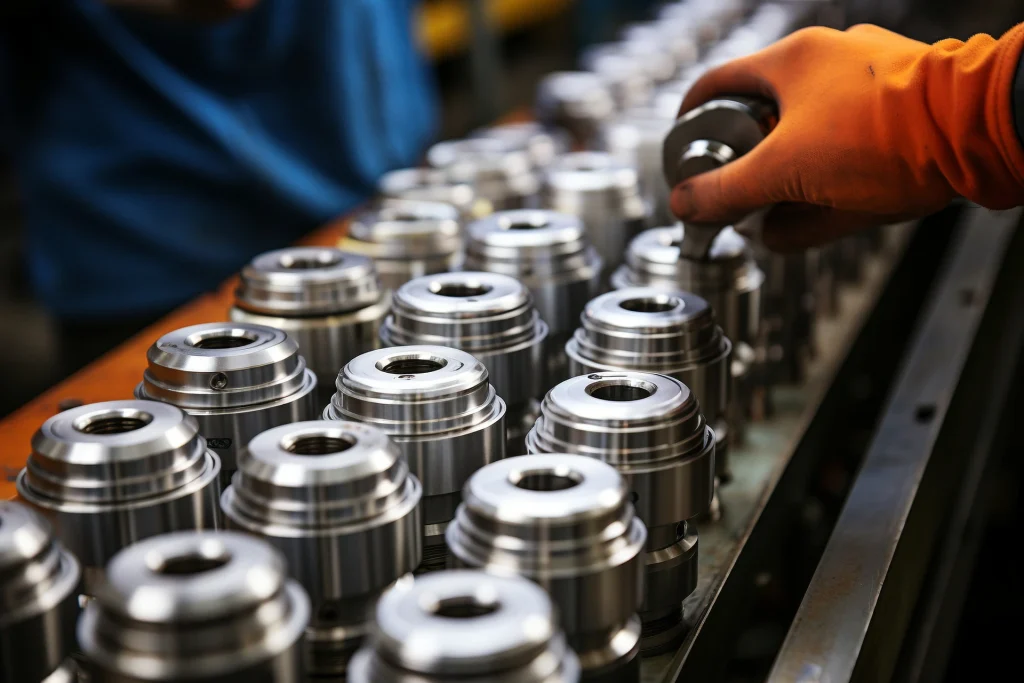
Material properties
Stainless steel has high plasticity, toughness and mechanical strength, and is resistant to corrosion by acids, alkaline gases, solutions and other media. Different stainless steel materials (such as 304, 316L, 430, etc.) have different physical and chemical properties, so the impact of these properties on processing specifications and sizes needs to be considered during processing.
Processing technology
The processing of stainless steel parts usually includes multiple processes such as cutting, bending, welding, and punching. These processes have different requirements for the size and shape of parts. For example, the cutting process needs to ensure that the cutting edge of the part is flat and burr-free; the bending process needs to ensure that the bending angle and bending radius of the part meet the design requirements; the welding process needs to ensure the quality and appearance of the weld.
Equipment capacity
The capacity of the processing equipment also directly affects the processing specifications and sizes of stainless steel parts. Different processing equipment has different processing ranges and precisions, so when selecting processing equipment, it is necessary to select according to the specific requirements of the part. For example, for parts that require high-precision processing, processing equipment with high precision should be selected.
Customer demand
Customer demand is a key factor in determining the processing specifications and dimensions of stainless steel parts. Customers usually put forward specific processing specifications and size requirements based on the use environment and functional requirements of the product. Therefore, full communication and confirmation with customers are required during the processing process to ensure that the processed parts meet customer requirements.
Specific specifications and size requirements
1. Thickness: The thickness range of stainless steel plates is very wide, generally ranging from 0.3mm to 100mm. Thickness exceeding 100mm may require customized processing. The specific thickness requirements should be determined according to the use environment and function of the parts.
2. Width and length: The width and length of stainless steel plates also have a variety of specifications to choose from. Common widths are 1000mm, 1220mm, 1250mm, 1500mm, 1800mm, 2000mm, etc.; the length is customized according to customer needs. For stainless steel pipes, there are also a variety of specifications for outer diameter and wall thickness. The common outer diameter ranges from Φ6mm to Φ2500mm, and the wall thickness ranges from 0.3mm to 150mm.
3. Shape and size accuracy: The shape and size accuracy requirements of stainless steel parts are usually high, and it is necessary to ensure that the geometric shape and size of the parts meet the design requirements. This includes geometric tolerance requirements such as flatness, parallelism, verticality, roundness, and straightness of the parts.
4. Surface quality: The surface quality of stainless steel parts is also one of the important processing requirements. It is usually required that the surface of the parts is smooth, without scratches, rust and other defects. For parts that require special surface treatment (such as polishing, sandblasting, etc.), they also need to be processed according to the corresponding process requirements.

